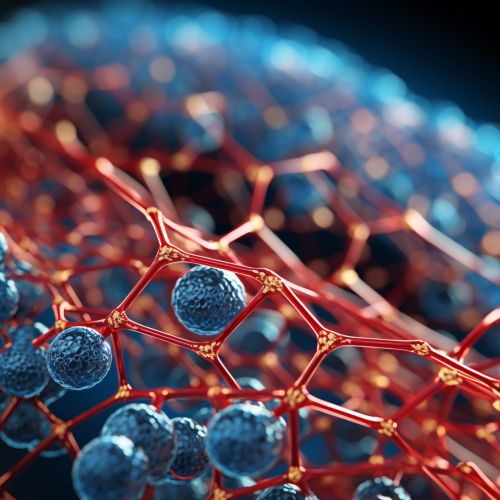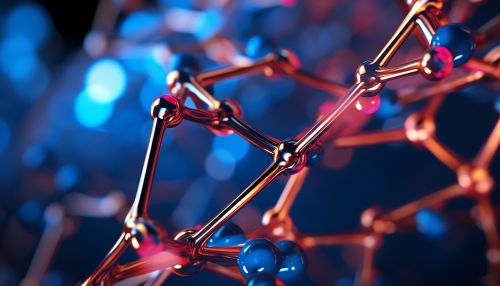P53
Introduction
The p53 protein, also known as tumor protein p53, is a crucial cellular protein that regulates the cell cycle and hence functions as a tumor suppressor. It is encoded by the TP53 gene in humans. The p53 protein is crucial for preventing cancer formation, thus, it is classified as a tumor suppressor.
Structure
The p53 protein is a transcription factor composed of 393 amino acids and has a molecular mass of approximately 43.7 kDa. It consists of several structural domains including the N-terminal transactivation domain, a proline-rich domain, a central DNA-binding domain, an oligomerization domain, and a C-terminal regulatory domain.
Function
The primary function of p53 is to respond to cellular stress such as DNA damage, hypoxia, or oncogene activation. Upon activation, p53 can induce cell cycle arrest, apoptosis, senescence, DNA repair, or changes in metabolism to prevent the propagation of potentially cancerous cells.
Role in Cancer
Mutations in the TP53 gene are the most common alterations in human cancers. Mutant p53 proteins often acquire new functions that promote invasiveness, metastasis, and resistance to anti-cancer therapies, a phenomenon known as gain-of-function (GOF).
Clinical Significance
The p53 pathway is a major target for cancer therapeutics. Several strategies have been developed to reactivate the p53 pathway in cancer cells, including the use of small molecules, gene therapy, and immunotherapy.
See Also
Cell Cycle Apoptosis DNA Repair


